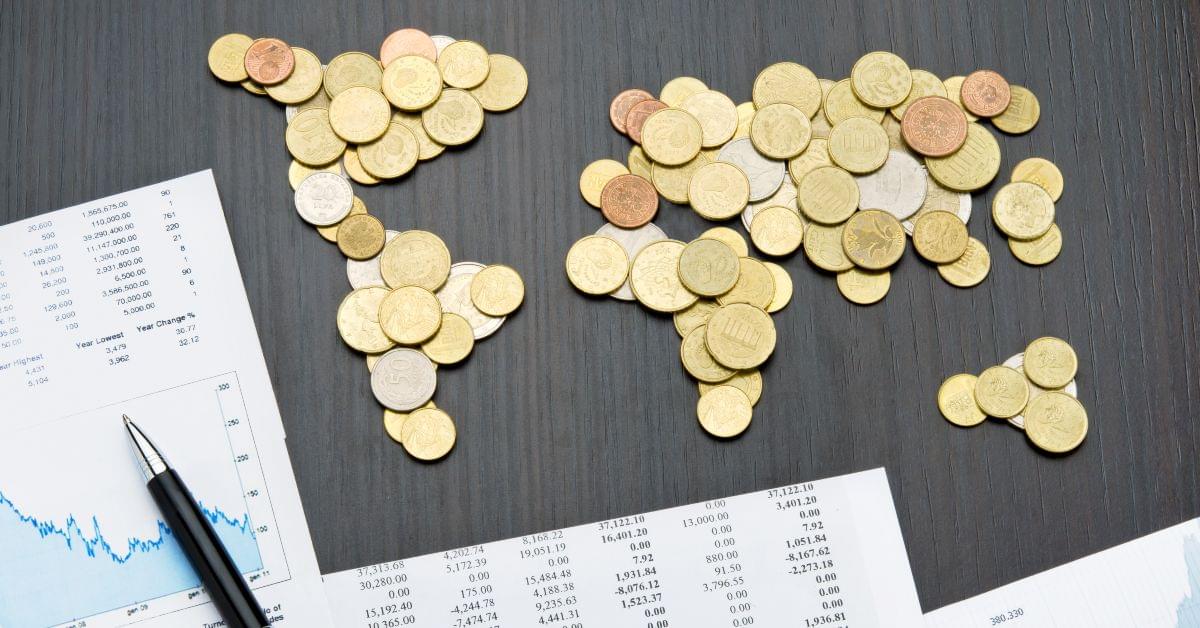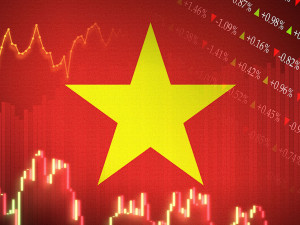
In times of economic uncertainty, we hear a lot about safe haven currencies and how they have historically provided a certain level of security to investors. But is this still the case? We dig into what actually gives a currency “safe haven” status, and what challenges they’re facing in 2023 and beyond.

What is a safe haven currency?
The name safe haven implies something of a port in a storm, which is essentially their attraction to investors. They are currencies which are relatively stable – note that “relative” is the operative word in the volatile world of FX! – during economic or other crises.
This usually means that they are underpinned by a strong economy with a diverse base that helps to weather storms. In addition, their countries of origin usually enjoy a stable and secure political system where sudden policy changes or fiscal independence are unlikely to be undermined.
Among the most commonly cited safe haven currencies are:
- US dollar
- Japanese yen
- Swiss franc
These all meet the criteria above and have historically proven themselves relatively stable. The US dollar in particular is backed by one of the world’s most robust economies and its status as one of the world’s biggest reserve currencies.
Likewise, the Japanese yen is backed by the traditionally cautious (“dovish”) Bank of Japan, which has a long track record of using fiscal intervention to support the currency, and also benefits from being cheaper than many other currencies of developed economies.
Meanwhile, the Swiss franc is normally seen as representing a comparatively low-volatility market. While the recent concerns around Credit Suisse made for uneasy headlines around the Alpine country, the banking system is generally considered stable and its economy maintains a strong trade balance. How long this status stays, however, with close integration with the European economy and worries over the next banking difficulties, remains to be seen. It’s an important reminder that even safe haven currencies are not totally free of currency volatility.
Are the euro and pound sterling safe havens?
You may notice two big names missing from this list, including the euro. The single currency has proven itself relatively reliable in the past two decades, but its level of exposure to problems across the eurozone has always left it up for debate whether it could ever be considered a true safe haven. Certainly, the war in Ukraine and the currency’s openness to the large and disparate eurozone economies have created more wariness.
Another strongly debated currency is, of course, the pound sterling. Often described as facing off the safe haven of the USD, it is, on the one hand, half of one of the most traded currency pairs, but it has also suffered uncertainty due to Brexit and economic difficulties. In this light, it could be considered a “second-tier” safe haven; investors have been known to move from euro to sterling in times of uncertainty, but it doesn’t have quite the pull of the dollar.
The currencies of other developed economies, such as the Australian dollar or Norwegian krone, are generally also not included among this group due to factors such as their reliance on large single sectors. The Australian economy, for example, is considered heavily cyclical due to the mining and mineral sectors.
How do safe havens benefit investors?
This may seem like an obvious question, but it’s worth highlighting. Investors will generally not expect extraordinary returns from investing in safe haven currencies. Generally, they offer low yields. However, as they are backed by stable, high-liquidity economies, they also offer a lower risk of deep losses in times of uncertainty.
It’s therefore not a way that many investors are going to chase heavy returns, but more a way of attempting to spread risk and hold against global currents of volatility.
For those holding assets or savings, the difference in doing so in, say, US dollars is appreciable compared to risky currencies like, for instance, Turkish lira.
As such, we normally expect to see an inflow of investors into a safe haven currency when high economic uncertainty is looming, and a certain outflow when the markets expect volatility to lower.
Challenges to safe haven currencies in 2023
Of course, safe havens are not immune to challenges themselves. We’ve already discussed how the collapse of Credit Suisse may have harmed the attitude of investors towards Switzerland and the Swiss franc as fundamentally underpinned by an economy based on stable banking.
The US dollar too faces its challenges. One of its great pillars of strength is the “petrodollar” phenomenon, which describes oil exports denominated in USD. As almost all oil trade has been in dollars for decades, it means that there are huge reserves in the currency for this purpose.
However, after over four decades of dominating the market, there is a new challenger on the block. The petroyuan represents China’s desire to take on American economic hegemony in the field, and it doesn’t seem entirely without support. Observers noted with more than passing interest at January’s World Economic Forum in Davos that Saudi Arabia’s Finance Minister, Mohammed Al-Jadaan, stated that there were “…no issues discussing how we settle our trade arrangements, whether it’s in the US dollar, the euro or the Saudi riyal.” For the oil-rich Kingdom, this frank openness on the subject of currencies could represent a more challenging road for petrodollars in the future.
Meanwhile, over in Japan, there is the ever-present threat of nearby Taiwan – one of the few East Asian nations favourably disposed towards the Japanese political establishment – facing enhanced military threats or even invasion from mainland China. With leaked documents saying Taiwan is “highly vulnerable” to Chinese air attacks if the PRC government chose to follow Russia in launching a military invasion on a territory it considers its own, the East Asian region could be vulnerable to heavy destabilisation.

Volatility is the only foregone conclusion
The biggest takeaway from any discussion of safe haven currencies, then, is that while they are still attractive to investors for their strong backing, all of them do face their own challenges. In reality, even the safest of safe havens is open to the volatility of the currency markets and influences from a myriad of economic and political factors. For those making transfers between currencies, the only true safe haven is to apply a robust risk strategy.
Trusting the markets is a heavy risk; instead, approaches such as using a forward contract to lock in a single exchange rate for a defined period give you true certainty over an unchanging exchange rate. To find out more, read more about what causes currency volatility and discover how forward contracts work.
Alexander Fordham
Alexander is a writer specialising in foreign exchange and finance for companies with cross-border exposure. He’s written on topics including currency risk, international taxation and global employment for seven years. You can find him out hiking, travelling and working from Spain in the sunnier months.



